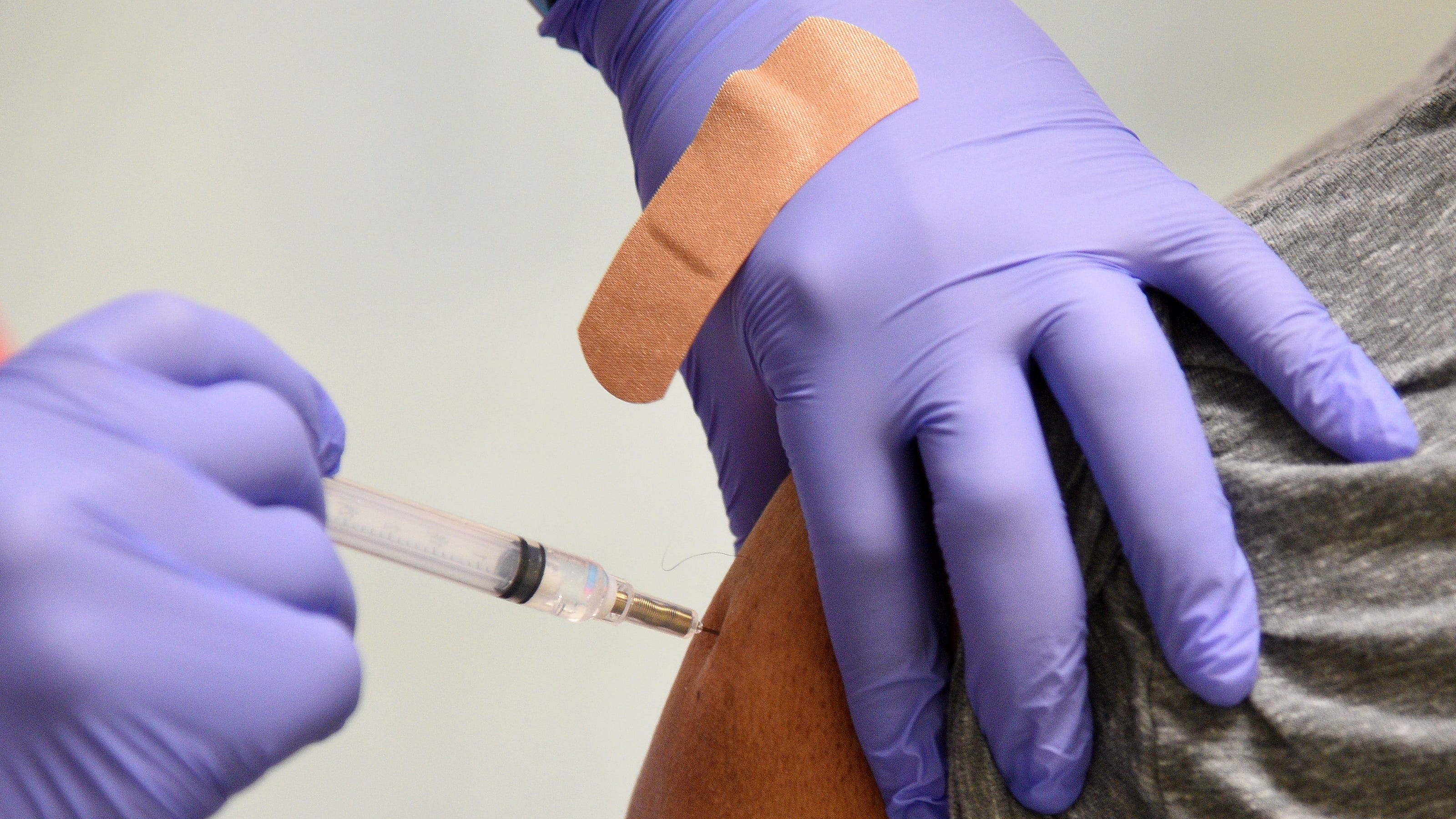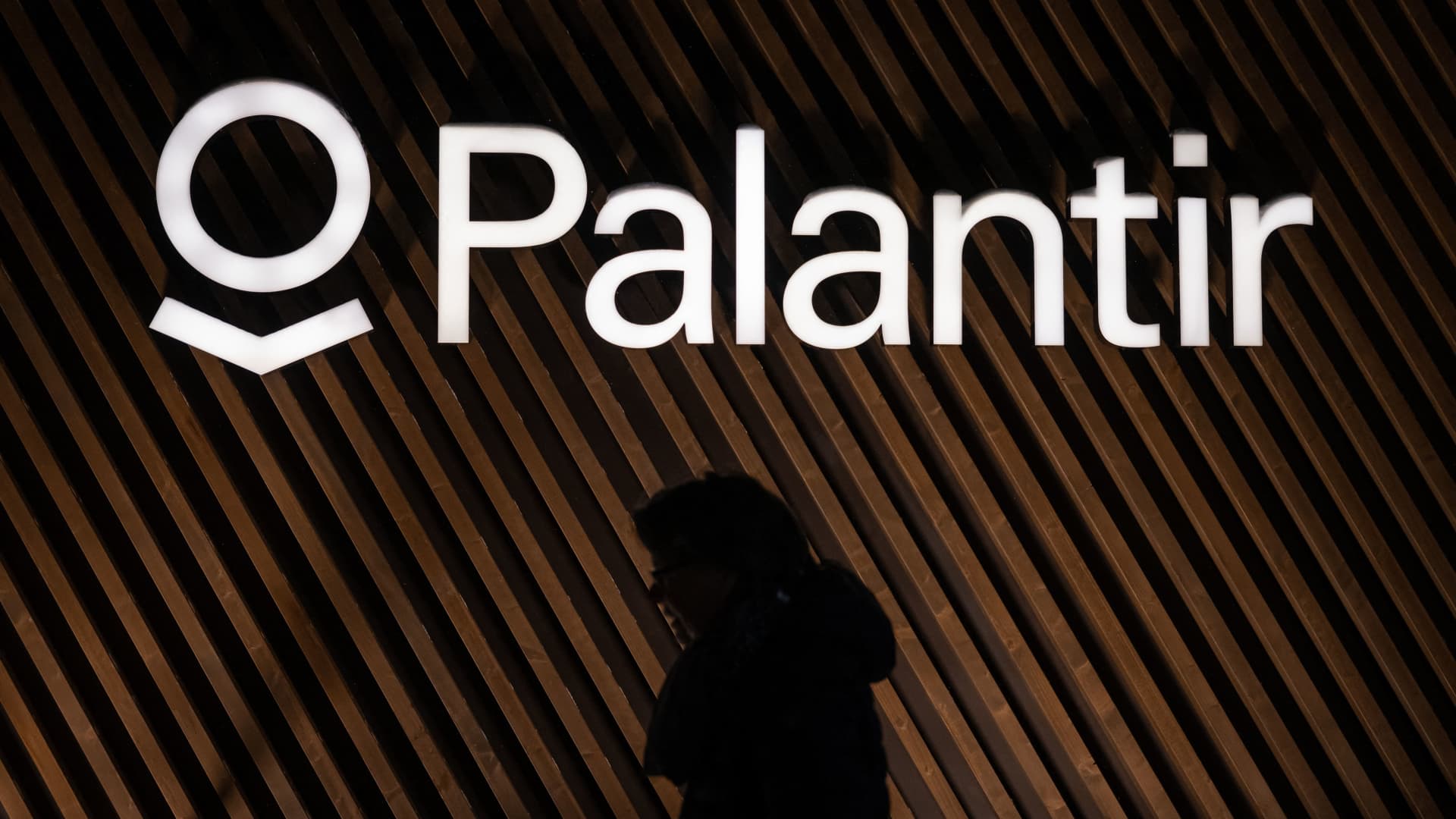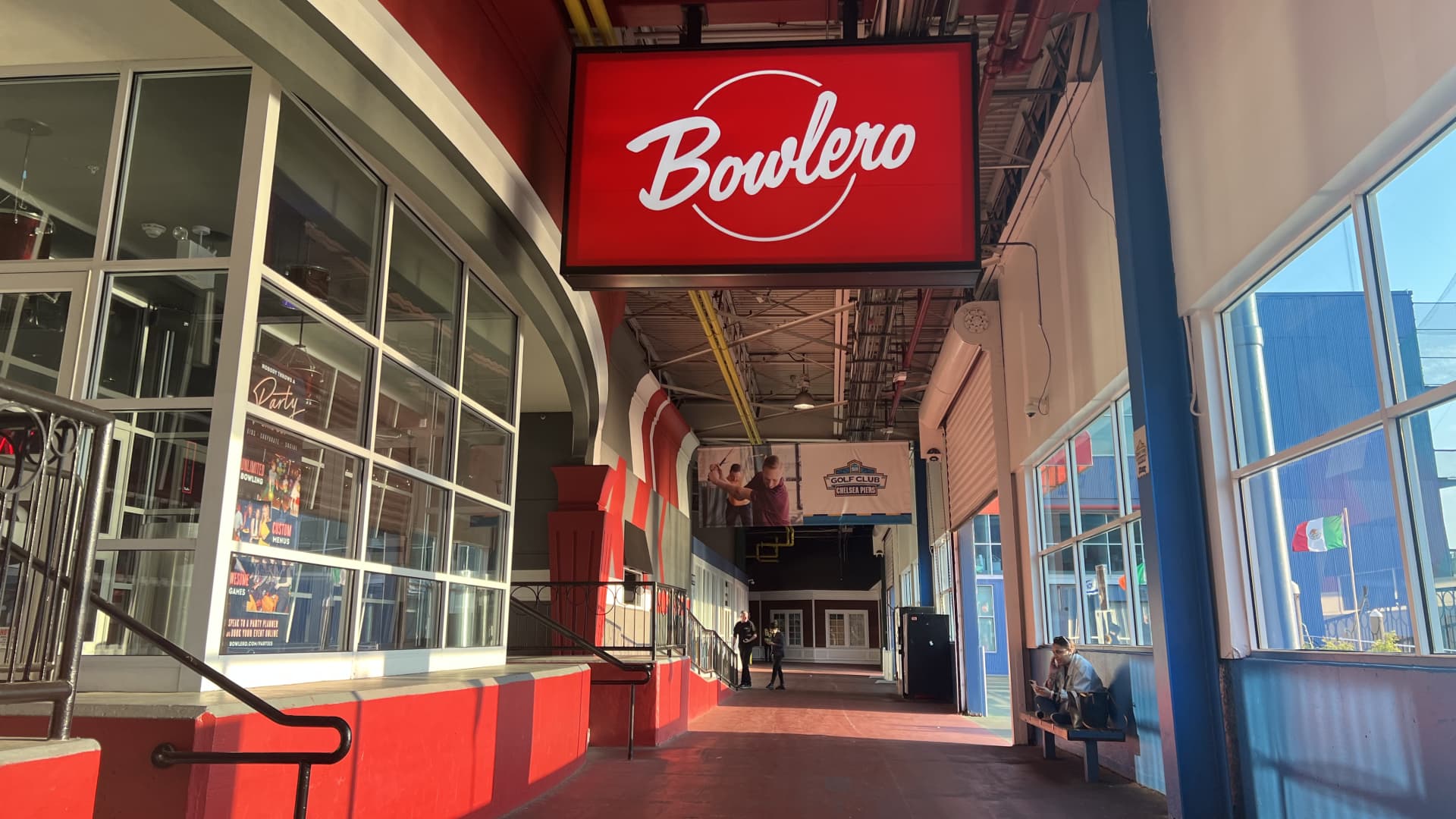Stocks were choppy and mixed in afternoon trading Tuesday as a drop in bond yields hurt bank stocks but helped big technology stocks.
The S&P 500 index was up 0.1% as of 1:02 p.m. Eastern. The Dow Jones Industrial Average fell 182 points, or 0.5%, to 33,563 and the Nasdaq was up 0.6%. The divergence was largely due to the fact the Dow has more bank stocks while the Nasdaq is heavily weighted with technology companies.
Dow component Johnson & Johnson fell 2.2% after U.S. regulators recommended a pause in using its single-dose COVID-19 vaccine to investigate reports of possibly dangerous blood clots. Moderna, which also makes a COVID-19 vaccine, rose 6.7%.
ADVERTISEMENT
The potential loss of a vaccine option is casting a shadow over many companies that are relying on ramped up distribution to recover from the pandemic. American Airlines slipped 3.4% and Delta Air Lines fell 2.7%. A broad mix of retailers and travel-related companies like hotels were also weighed down.
“The response today has been very muted and isolated,” said, Scott Knapp, chief market strategist at CUNA Mutual Group. “Markets don’t expect lockdowns. The recovery may be delayed, but not a return to pandemic conditions.”
The yield on the 10-year U.S. Treasury fell to to 1.64% from 1.67% the day before. JPMorgan Chase fell 1.2% and Wells Fargo lost 2%.
Investors will get a chance to look over the books of the big banks starting Wednesday, when JPMorgan Chase and Wells Fargo report their quarterly results. Bank of America and Citigroup report their results on Thursday.
Big technology stocks, which have fallen when bond yields have risen, were moving solidly higher. Apple rose 2.4% and Amazon rose 1%. Technology stocks rose sharply in 2020 as investors bet that stay-at-home Americans would shift even more to online buying and electronic entertainment to keep themselves busy in the pandemic.
Investors had little reaction to a report that showed U.S. consumer prices increased a sharp 0.6% in March, the most since 2012, while inflation over the past year rose a sizable 2.6%. The big gains are expected to be a temporary blip and not a sign that long dormant inflation pressures were emerging. The index rose 0.4% in February.
The Fed has been trying to reassure markets that any increase in inflation would be temporary as the economy recovers.
“It looks like the market is starting to internalize that point of view,” Knapp said.





